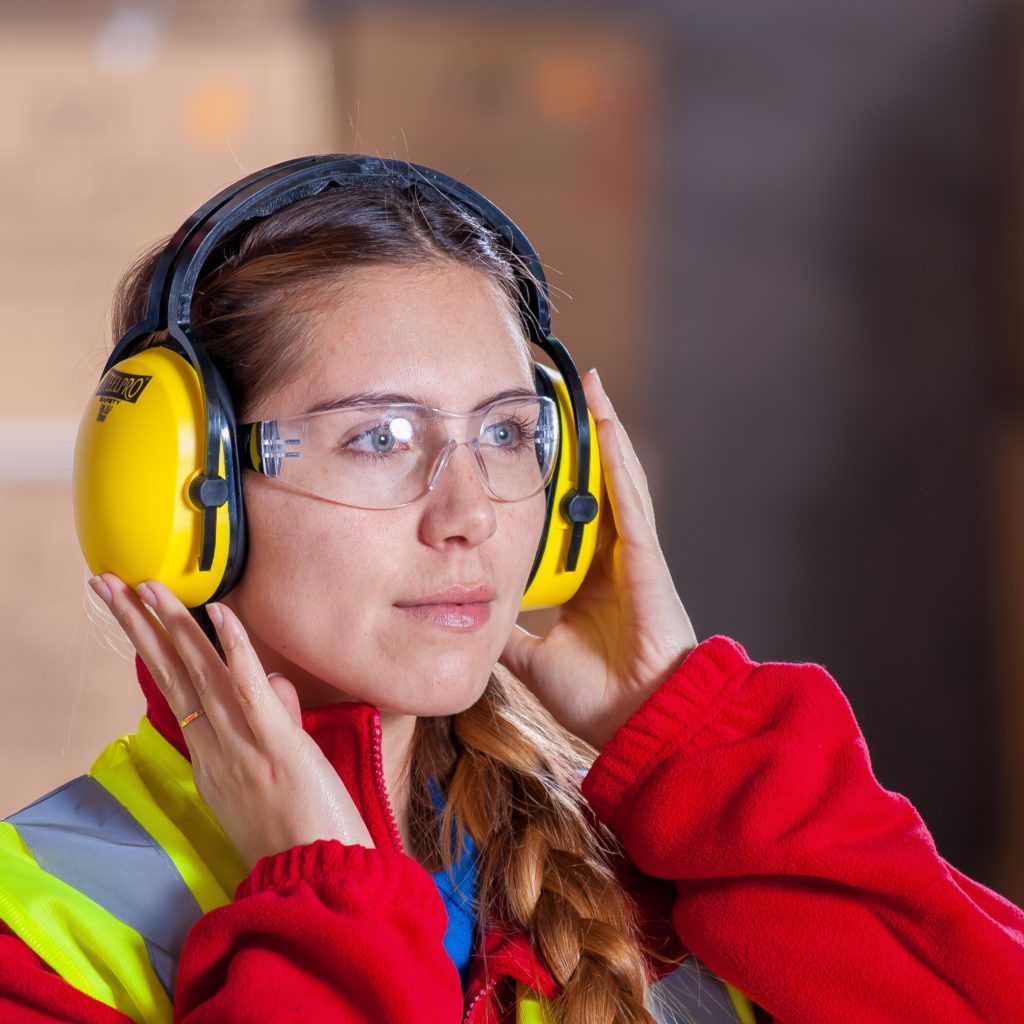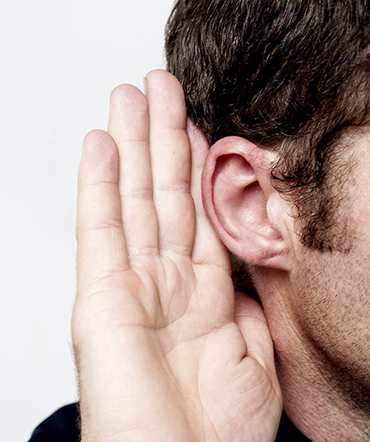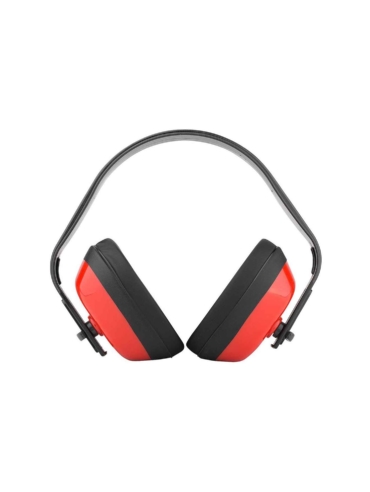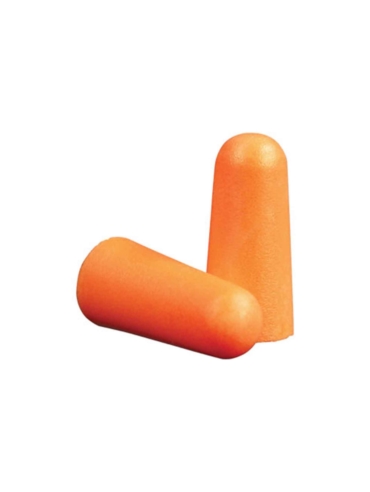Hearing Protection
Hearing Protection
Protecting Ears
Excessive exposure to noise causes irreparable damage to your hearing. Often the damage gets gradually worse with each repeat exposure, but some very high-level sounds, such as those from gun fire and explosions, can cause immediate damage.
Hearing protection is used to reduce noise reaching the wearer’s ear, and so reduce the risk of hearing damage from excessive noise. The effectiveness of hearing protection is often limited by personal and workplace factors, and it can reduce the audibility of warning sounds. For these reasons hearing protection must be selected and used with care and is not to be used as an alternative to reducing the noise in the workplace.
Selecting the best protector
All protectors should bear the IS/CE/ANSI/EN certification mark if used to control exposure in the workplace. These markings confirms the protector meets the requirements of the relevant standards.


Earmuffs
Earmuffs have hard plastic cups with a cushioned seal and a sound absorbing lining. The cups are held firmly over the ears with a tensioned headband. Earmuffs are easy and quick to put on, and are clearly visible when worn. It is important that the tensioned head band is worn correctly. The headband is usually worn over the head but some earmuffs have a tensioned headband that is worn behind the head. Where this is the case a second supporting band is normally worn over the head. If earmuffs can be worn in either orientation the performance may be different in each orientation.
Helmet mounted earmuffs
Some earmuffs mount directly onto helmets. These can provide a more reliable performance and fit than separate helmet and earmuffs. However some helmet and earmuff combinations on the market only fit a limited range of head sizes and it is worthwhile checking for any limitations before these are bought.
Earplugs
Earplugs are worn in the ear, normally in the ear canal or over the ear canal entrance. They provide protection by sealing the ear canal. Some earplugs may be fitted to a cord or tensioned band. The fit of earplugs is not normally adversely affected by other head-worn clothing and personal protective equipment, but they can be difficult to fit correctly. It is important to follow the manufacturer’s instructions for fitting and most users will require some initial help and training.
Earplugs can work loose and users will need a quiet place where they can refit them. Earplugs should be fitted with clean hands and so their use may be inappropriate in dirty or dusty workplaces.
Dual protection
Where an earmuff or earplug on its own cannot provide sufficient attenuation an earplug and earmuff can be worn together (dual protection). Unfortunately, the attenuation of the combination cannot be predicted from the attenuation data of the earmuff and earplug when used alone. Attenuation data measured for the combination is required. Manufacturers can provide data for some earplug and earmuff combinations, but choice is limited.
Sound restoration protectors
Sound restoration protectors use an electronic sound system to relay outside sound to the ear, bypassing the protector. In CE marked devices the system gain should ensure the restored sound remains at a safe level and that full attenuation is provided in high level sound. These devices are useful with intermittent high-level noise such as gunfire, plant utility area where they allow the wearer to clearly hear sounds around them when it is quiet while providing immediate protection.
Keeping protectors in good condition
- Earmuffs and reusable earplugs should be checked regularly to ensure they are in good condition.
- They should be kept clean, following the manufacturer’s instructions. Hearing protectors that have deteriorated should be replaced and replacement protectors should be available at all times.
- Check earmuff cups and seals are intact. Seals should be flexible, but may become stiff and brittle with age and use. The headband tension can slacken with use. Check the tension by comparison with a new pair of earmuffs.
- Helmet mounted earmuffs should not be stored with the earmuffs pressed against the helmet. This can permanently distort the seals.
- Disposable earplugs should only be used once. New earplugs should be kept ready for use in a dispenser that keeps them clean and dry.
- Each worker should be provided with suitable storage for their hearing protectors.





